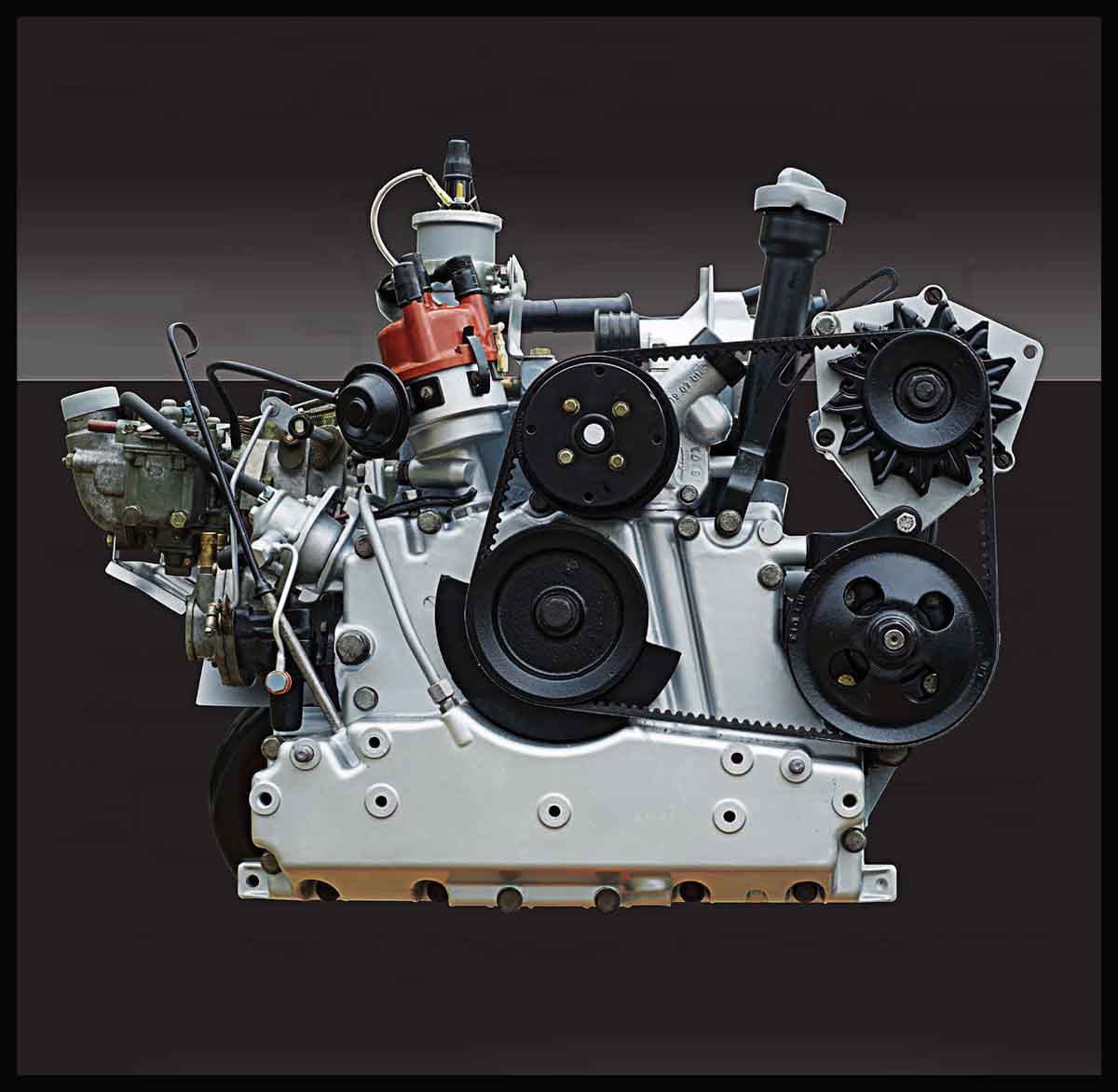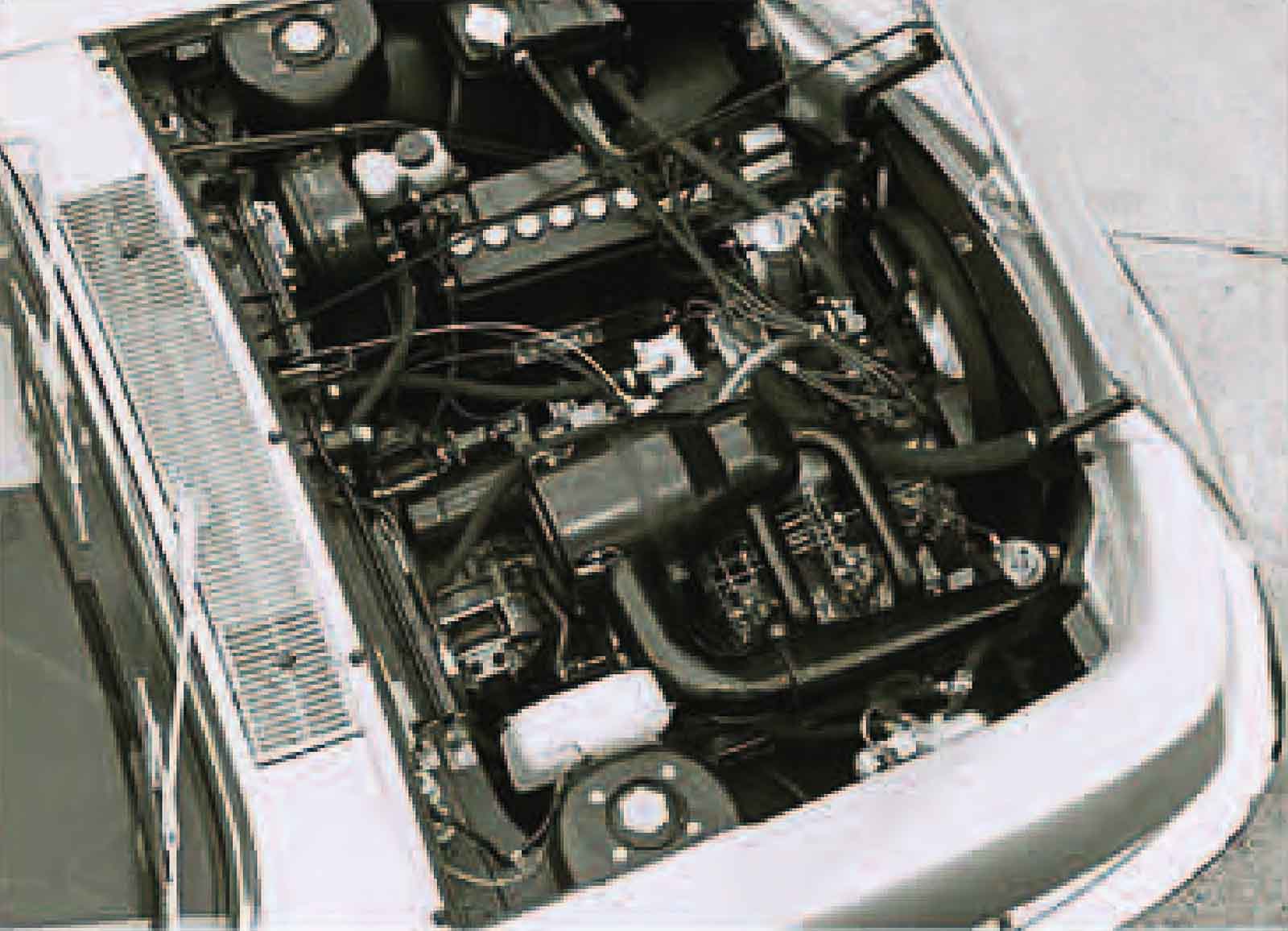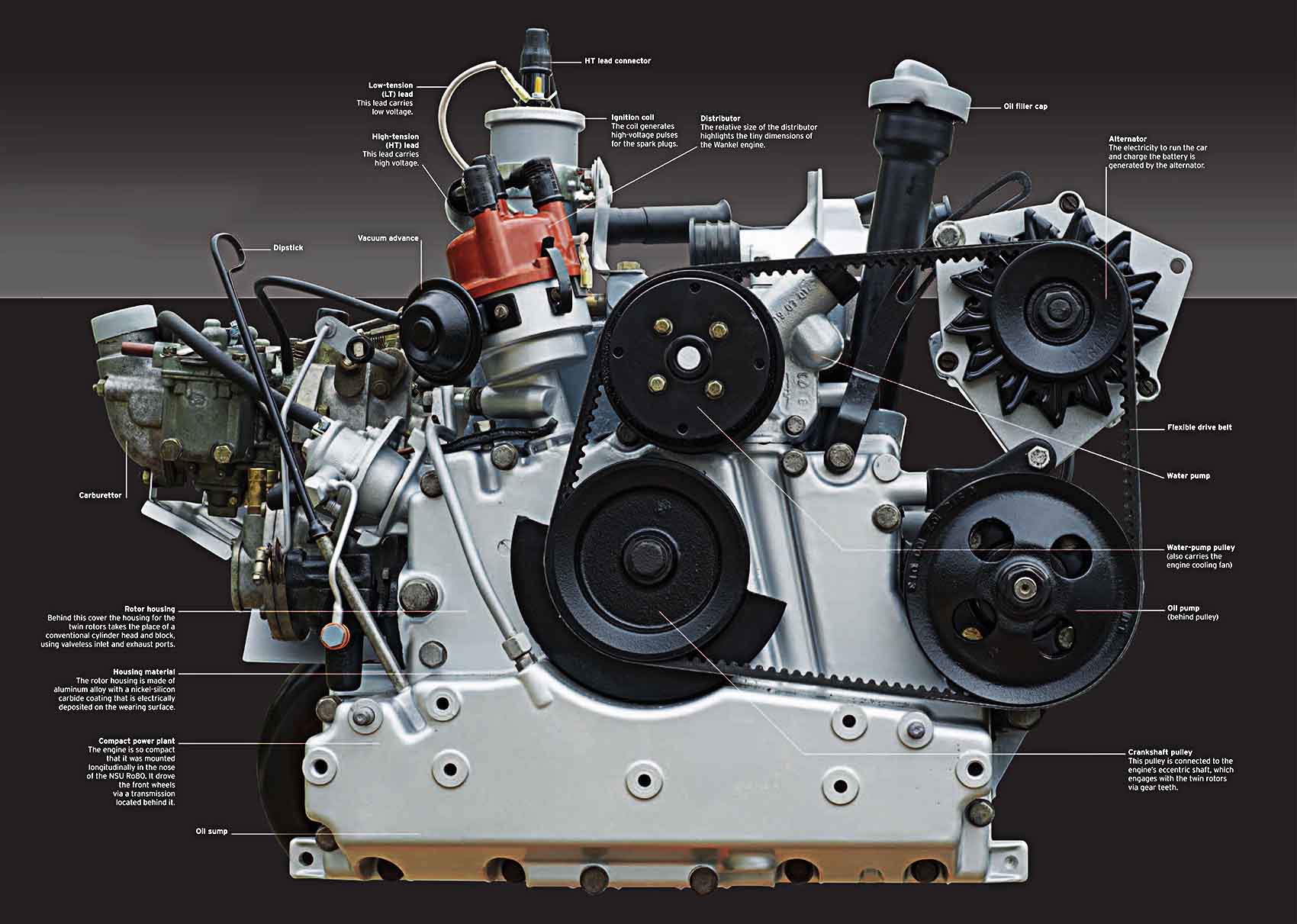
NSU Wankel Rotary
Felix Wankel, a German designer of torpedo motors, came closer than any other engineer to creating a successor to the reciprocating piston engine. His rotary design was small, light, and almost vibration-free. NSU, Curtiss-Wright Mercedes-Benz, Rolls-Royce, and Citroën all experimented with it, but Mazda developed the rotary engine the furthest.
WHIRLING DERVISH
Wankel disliked the piston engine because of its complexity and its need to turn reciprocating (up-and-down) motion into circular motion at the crankshaft. Wankel’s rotary design generated circular motion directly and, like classic two-stroke piston engines, did away with valves and camshafts to control intake and exhaust, replacing them with simple ports. The Wankel engine has an almost triangular (“trochoidal”) rotor that turns within a housing shaped like two partly merged circles. Early rotor-tip sealing problems were solved, but lasting concerns about emissions and fuel economy proved fatal, and the design fell out of use.

ENGINE SPECIFICATIONS
| Dates produced | 1967-1977 |
| Cylinders | Replaced by twin rotors and housing |
| Configuration | Front-mounted, longitudinal |
| Engine capacities | 1,990 cc |
| Power output | 113 bhp @ 5,500 rpm |
| Type | Rotary engine with twin rotors, distributor ignition, and a wet sump |
| Head | Not applicable-valves are replaced by inlet and exhaust ports in the rotor housing, eliminating camshafts, tappets, and valves |
| Fuel System | Twin Solex carburetors |
| Bore and Stroke | Not applicable (cylinder-free engine) |
| Power | 56.8b hp/liter |
| Compression Ratio | 9.0:1 |

Wankel renaissance?
Attributes of compact size, light weight, and smooth running were not enough to ensure the Wankel’s success in the past. But Audi—the company into which NSU was absorbed—has recently developed a prototype electric car that uses a tiny single-rotor Wankel as a “range extender” to recharge the battery pack. So perhaps the Wankel’s day has come at last.
It is a quote. The Definitive Visual History Of The Automobile 2011




